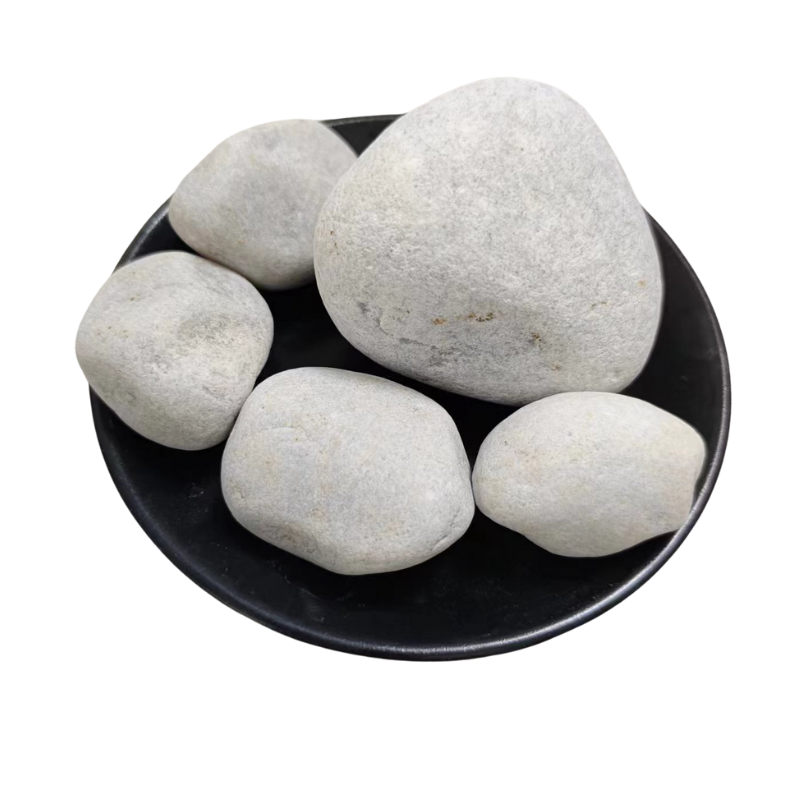
peat moss perlite and vermiculite
The Benefits of Peat Moss, Perlite, and Vermiculite in Gardening
When it comes to creating the perfect growing environment for plants, the choice of soil amendments plays a crucial role. Among the most popular substances used by gardeners are peat moss, perlite, and vermiculite. Each of these materials has unique properties that can enhance plant growth, improve soil structure, and increase moisture retention.
Peat Moss is derived from sphagnum moss and is known for its ability to retain moisture while providing essential nutrients to plants. One of its most significant advantages is its high organic matter content, which can improve soil structure and aeration. Peat moss is naturally acidic, making it ideal for acid-loving plants such as blueberries and azaleas. However, its environmental impact has raised concerns, as peatlands are crucial ecosystems that store carbon. Therefore, when using peat moss, gardeners should consider sourcing sustainably harvested options.
Perlite, a lightweight volcanic glass, is primarily used for improving aeration and drainage in potting mixes. Its porous nature allows for excellent airflow to the roots, preventing the risk of overwatering and root rot. Perlite is particularly beneficial in container gardening, where soil can become compacted. By incorporating perlite into potting mixes, gardeners can create a well-draining medium that supports healthy root development. Furthermore, perlite is pH-neutral, making it suitable for a wide range of plants.
peat moss perlite and vermiculite

Vermiculite is another excellent soil amendment that holds moisture and nutrients effectively. Unlike perlite, vermiculite has a spongy texture and is capable of retaining up to three to four times its weight in water. This quality makes it an excellent choice for seed starting, as it keeps the soil consistently moist while allowing good aeration. Vermiculite also has a slightly alkaline pH, making it versatile for various plant species. Its ability to enhance nutrient retention means that gardeners can reduce the frequency of fertilization while still promoting robust growth.
In many gardening applications, combining these three materials can create an optimized growing medium that balances moisture retention, aeration, and nutrient availability. For instance, a versatile potting mix might contain equal parts peat moss, perlite, and vermiculite. This blend offers a well-rounded environment that supports diverse plant types, from vegetables to ornamental flowers.
In conclusion, peat moss, perlite, and vermiculite each contribute unique benefits to gardening. While peat moss provides moisture and nutrient content, perlite ensures drainage and aeration, and vermiculite enhances water retention and nutrient availability. By understanding the qualities of these materials and how they can work together, gardeners can create the ideal conditions for their plants to flourish, ensuring both beauty and productivity in their gardens.
Share
-
Premium Pigment Supplier Custom Solutions & Bulk OrdersNewsMay.30,2025
-
Top China Slag Fly Ash Manufacturer OEM Factory SolutionsNewsMay.30,2025
-
Natural Lava Rock & Pumice for Landscaping Durable Volcanic SolutionsNewsMay.30,2025
-
Custom Micro Silica Fume Powder Manufacturers High-Purity SolutionsNewsMay.29,2025
-
Custom Mica Powder Pigment Manufacturers Vibrant Colors & Bulk OrdersNewsMay.29,2025
-
Custom Micro Silica Fume Powder Manufacturers Premium QualityNewsMay.29,2025






